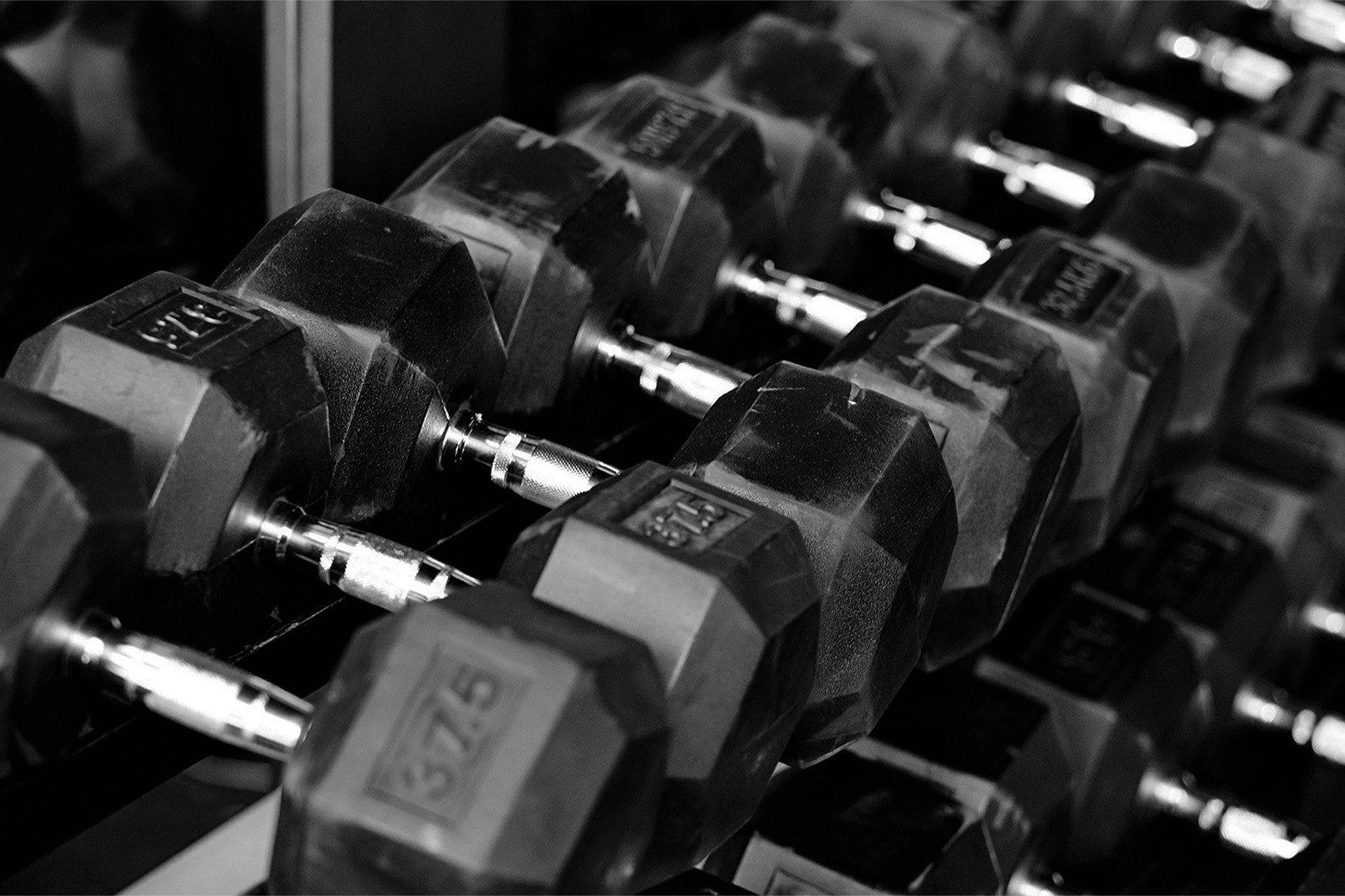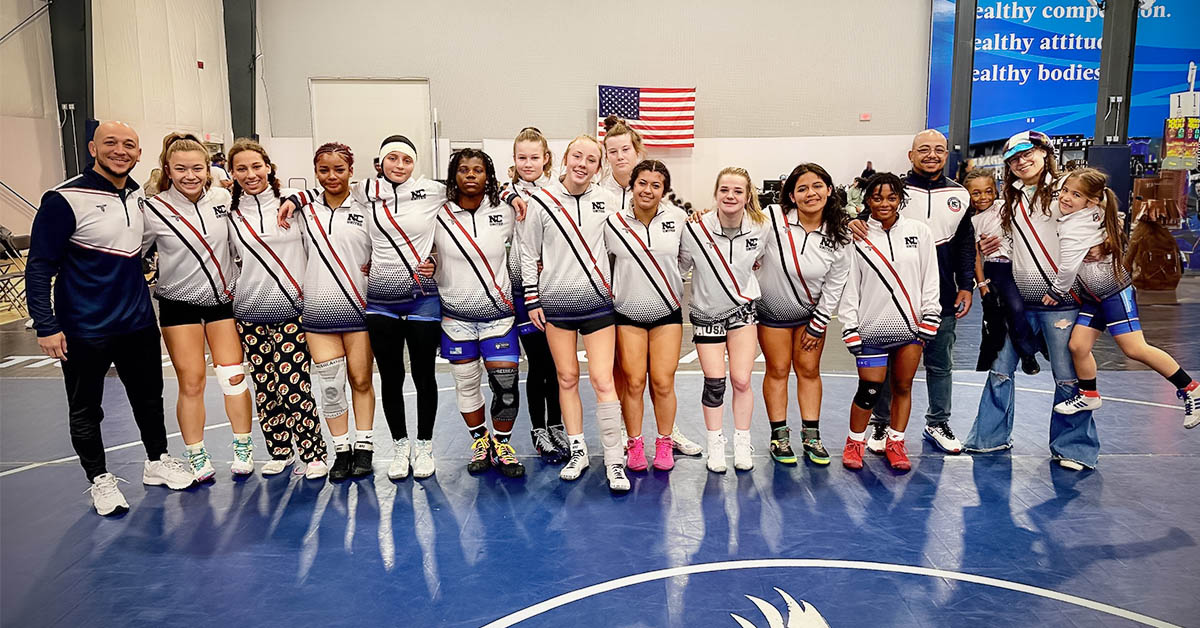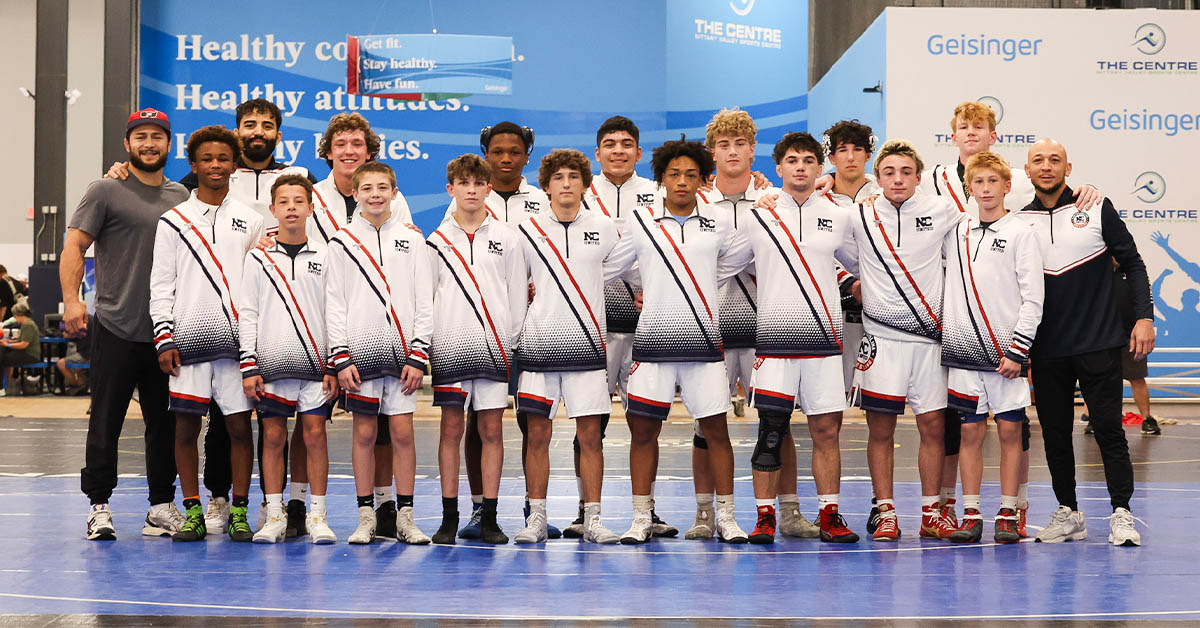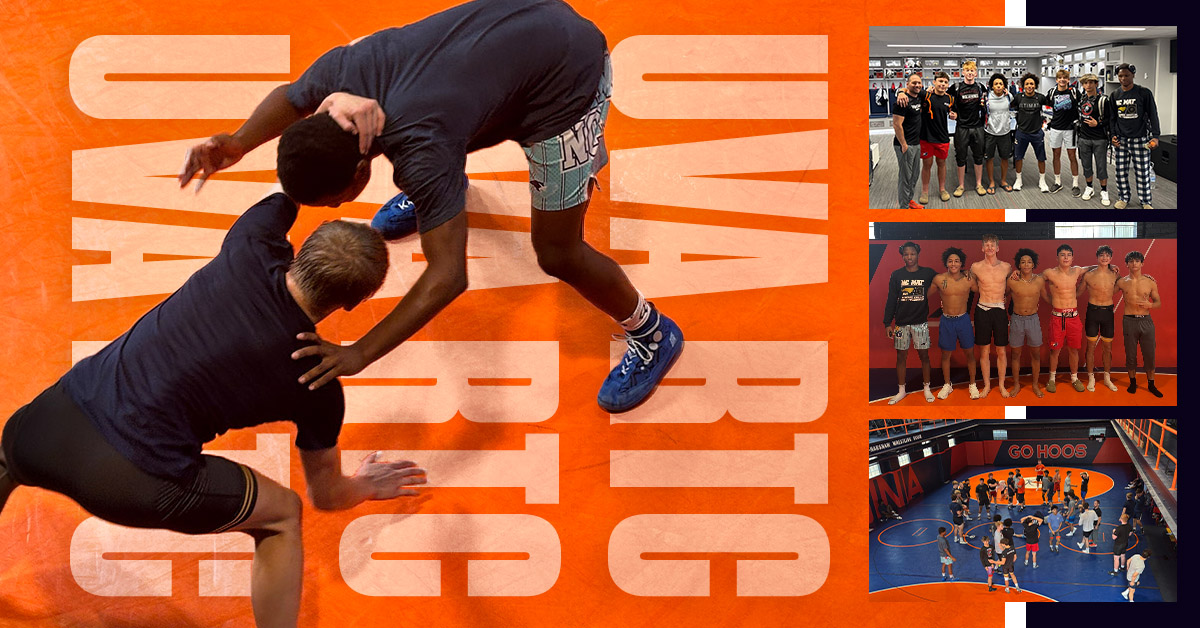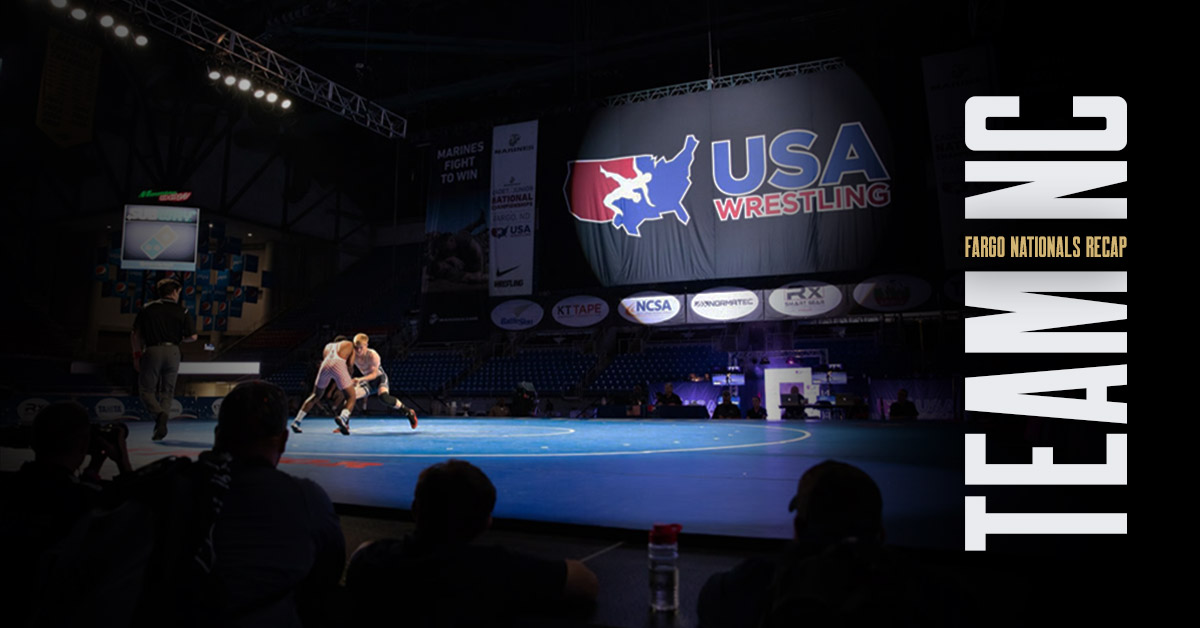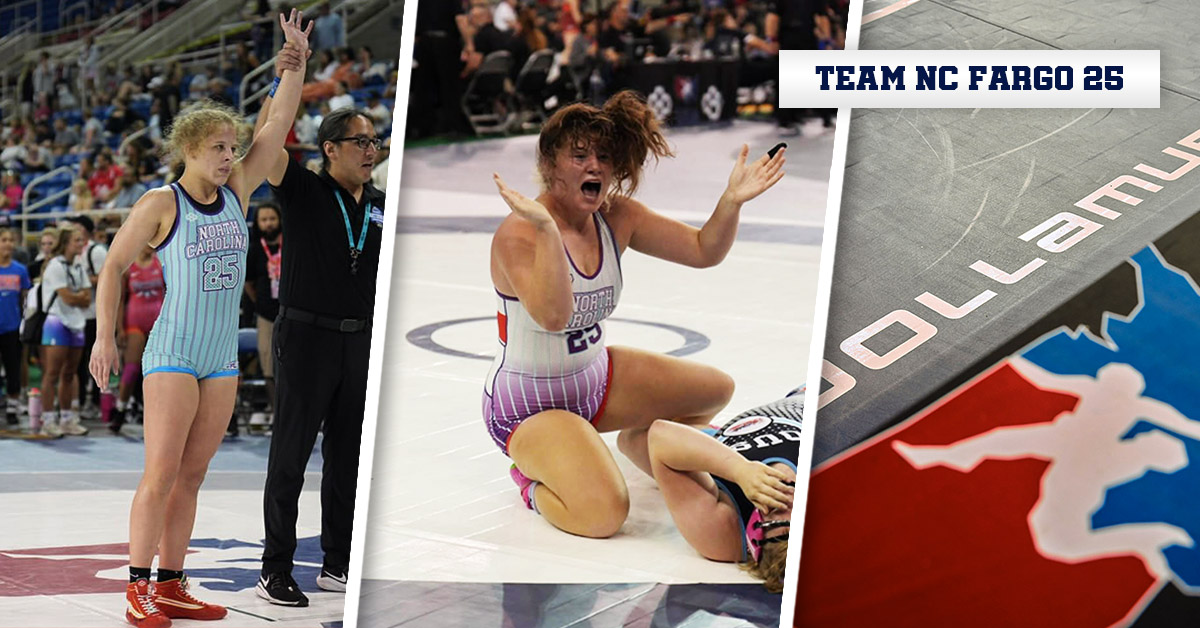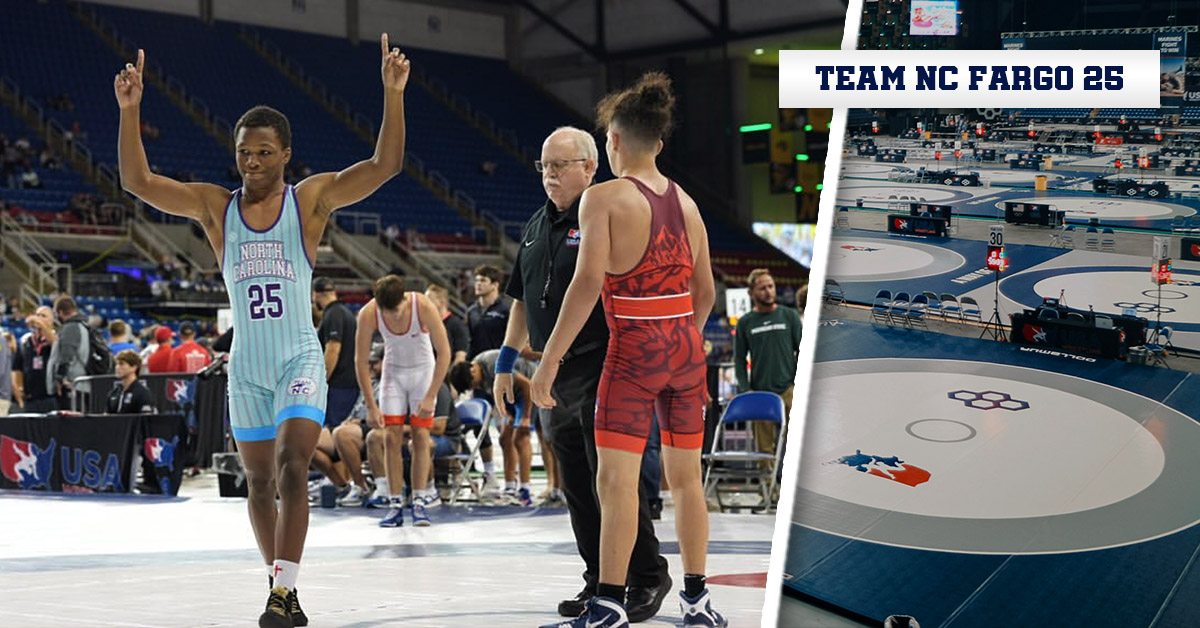Avoid These 10 Common Strength Training Mistakes
Wrestling demands unmatched physical and mental toughness, combining technical skill with peak strength, endurance, and grit. Yet, in-season strength training is often misunderstood, leading to common mistakes that can undermine performance during critical moments. To help wrestlers and coaches optimize their training, we’ve outlined the top 10 mistakes and strategies to avoid them.
#1 Neglecting Strength Maintenance
- The Problem: Many wrestlers reduce or stop lifting during the season, fearing it will lead to fatigue or injury.
- The Solution: Prioritize low-volume, high-intensity sessions to maintain strength without overtraining. Focus on compound lifts like deadlifts, squats, and presses to preserve power and stability.
#2 Focusing Solely on Endurance
- The Problem: High-rep, low-weight programs dominate, assuming endurance training is enough for wrestling success.
- The Solution: Balance is key. Incorporate heavy, low-rep lifts alongside conditioning to retain power and muscle mass while improving endurance.
#3 Overtraining
- The Problem: Weight cutting, intense practices, and frequent matches can push wrestlers into overtraining, resulting in fatigue or injury.
- The Solution: Adjust training intensity and volume based on competition schedules. Plan lighter “deload” weeks to allow for recovery and peak performance.
#4 Ignoring Recovery and Rest
- The Problem: Wrestlers often neglect recovery, pushing through exhaustion and limiting their performance.
- The Solution: Emphasize proper sleep, nutrition, and hydration. Space out strength sessions to ensure recovery and optimize energy levels for matches.
#5 Not Adapting to Weight Cuts
- The Problem: Improper weight cuts lead to muscle loss and decreased strength.
- The Solution: Educate athletes on sustainable weight management strategies. Focus on consistent nutrition to maintain muscle mass while cutting weight safely.
#6 Using Generic Weightlifting Programs
- The Problem: Many wrestlers rely on generic football-based programs that don’t meet wrestling’s unique demands.
- The Solution: Develop wrestling-specific strength plans that include functional strength, grip training, and explosive power movements tailored to the sport.
#7 Ignoring Individual Needs
- The Problem: A one-size-fits-all training program fails to address athletes’ varying skill levels and body types.
- The Solution: Customize training plans to each athlete’s experience, weight class, and position-specific demands to ensure optimal performance.
#8 Training Too Close to Competitions
- The Problem: Heavy training sessions immediately before matches leave wrestlers fatigued and underperforming.
- The Solution: Schedule heavy lifts early in the week and plan lighter sessions or rest days closer to competition days to maintain freshness.
#9 Neglecting Injury Prevention
- The Problem: Wrestlers often skip pre-hab exercises, leading to preventable injuries that can derail a season.
- The Solution: Include dynamic warm-ups, mobility work, and prehab exercises targeting shoulders, hips, and knees to build resilience and avoid injuries.
#10 Lack of Tracking and Progression
- The Problem: Without tracking progress, wrestlers miss opportunities to measure improvement and adjust their training.
- The Solution: Use tracking sheets to monitor key lifts and ensure consistent progression throughout the season, keeping athletes on track to meet their goals.
Strength training during the wrestling season isn’t just about maintaining fitness—it’s about fine-tuning the balance between power, endurance, and recovery. By avoiding these common mistakes and implementing smarter strategies, wrestlers can maximize their in-season performance and gain a competitive edge when it matters most.
For more tips and resources on wrestling training, follow NC Wrestling United and stay ahead of the competition. Together, let’s build stronger, smarter athletes!

